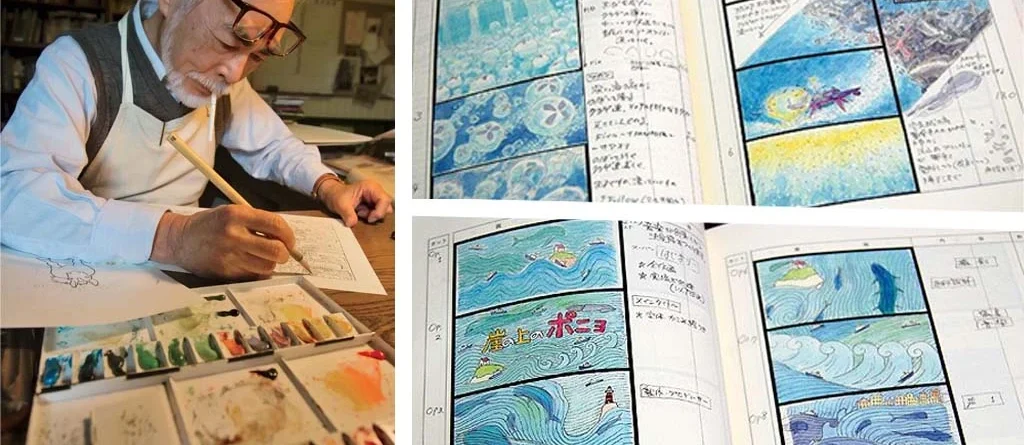Bringing Stories to Life: The Importance of Storyboarding in Animation
admin2023-06-16T11:24:07+00:00In the world of animation, where imagination knows no bounds, the process of transforming ideas into captivating visual narratives requires careful planning and organization. At the heart of this process lies storyboarding, a crucial technique that brings stories to life on the animation canvas. In this article, we delve into the significance of storyboarding in animation and how it lays the foundation for creating compelling animated experiences.
Visualizing the Narrative:
Storyboarding serves as the blueprint for an animation project, enabling creators to visualize the narrative before production begins. It involves sketching out scenes and arranging them in sequence, giving a visual representation of how the story will unfold. By creating a series of illustrations that capture the key moments and actions, animators can effectively communicate their vision and ensure a cohesive storytelling experience.
Refining the Story:
Storyboarding allows for early exploration and refinement of the story. Through the process, animators can experiment with different compositions, camera angles, and character movements. This iterative approach helps identify potential issues, pacing challenges, or opportunities for enhancing the narrative flow. With each storyboard iteration, the story gains depth and clarity, paving the way for a more engaging and impactful final animation.
Doing Justice to the Narrative and Characters:
Storyboarding is about more than just visualizing the story; it’s about doing justice to the narrative and the characters within it. By carefully planning each scene, animators ensure that the emotions, motivations, and interactions of the characters are portrayed authentically. The placement of characters, their expressions, and body language are meticulously crafted to capture the essence of the story and bring the characters to life.
Setting the Visual Style:
Storyboarding plays a vital role in establishing the visual style and aesthetics of an animated project. It helps define the art direction, character designs, and overall look and feel of the animation. By sketching out scenes and adding visual details, animators can experiment with different artistic choices, ensuring that the animation aligns with the intended visual style and enhances the storytelling experience.
Enhancing Communication and Collaboration:
Storyboarding acts as a common language that bridges the gap between animators, directors, and the production team. It facilitates effective communication and collaboration by providing a visual reference that all stakeholders can understand and discuss. Through storyboarding, animators can convey their ideas, receive feedback, and iterate on the creative direction, resulting in a more cohesive and harmonious animation production process.
Streamlining Production:
Storyboarding serves as a roadmap for the animation production process, streamlining the workflow and ensuring efficient resource allocation. It helps identify the key elements required for each scene, such as backgrounds, props, and character actions, allowing the production team to plan and allocate resources accordingly. This organized approach minimizes delays, maximizes productivity, and helps deliver high-quality animation within the set timelines.
Saving Time and Cost:
Efficient storyboarding can save significant time and cost in the animation production process. By visualizing the narrative and refining it early on, animators can identify and address potential issues, reducing the need for extensive revisions during production. Additionally, storyboarding allows for better pre-visualization of complex scenes, enabling the production team to plan and execute them more effectively, avoiding costly rework or production delays.
Storyboarding stands as a vital pillar in the world of animation, enabling creators to transform their ideas into visually captivating stories. From visualizing the narrative and refining the story to establishing the visual style and streamlining production, storyboarding plays a pivotal role at every stage of animation development. Through this meticulous process, animators breathe life into their stories, creating immersive and memorable animated experiences that captivate audiences worldwide.
By embracing the power of storyboarding, animation studios can unlock their creative potential, unleash their imagination, and continue to push the boundaries of storytelling in the world of animation.
Find more trending information on: https://toonz.co/

